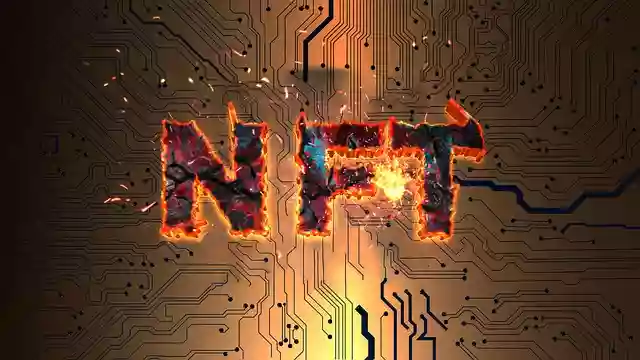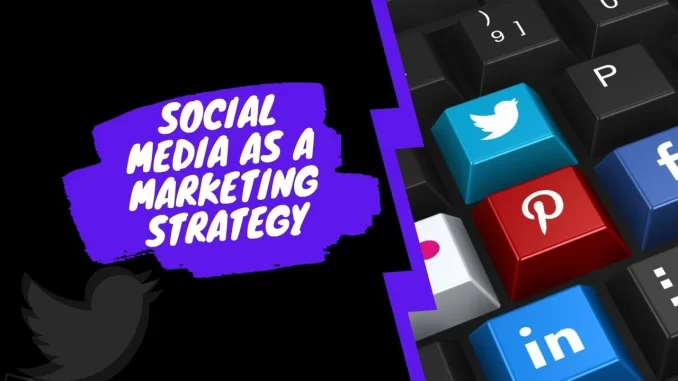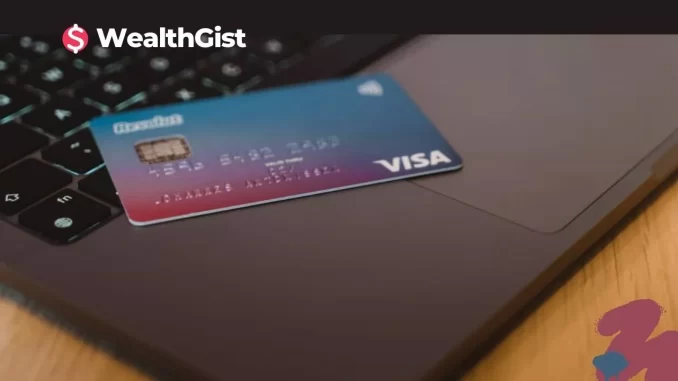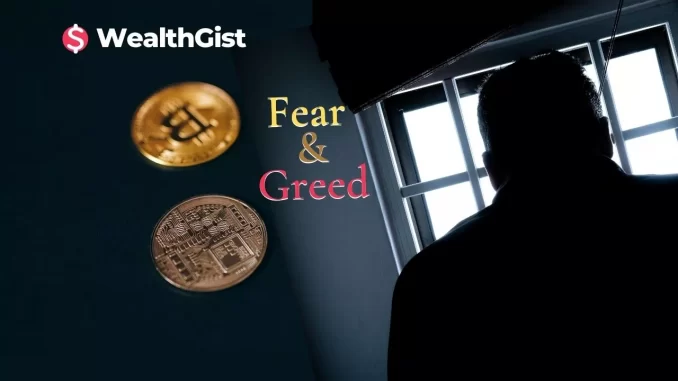NFTs are in a bear market for prices, but the non-fungible tokens industry is just getting started. So if you’re still familiarizing yourself with them, here is a list of five pros and cons of NFTs.
New artworks and smart contracts are being minted on the blockchain every day. New projects are being started all the time, too many to keep up with.

And some NFT art pieces have shown resilient market value even amid the crypto winter. As with previous rounds of crypto industry cyclicality, markets, and hobbyists look ahead to new all-time high prices in the future.
It will only be a matter of time before crypto’s inexorable expansion over another boom cycle will flush smart chains with more new capital for cryptocurrency projects including NFTs.
These specialized cryptocurrencies are single-mint, non-fungible, smart contract ready, blockchain-secured, and validated digital commodities and assets. Minting, buying, or selling tokens, or starting a venture in this space, has certain inherent advantages and disadvantages.
Here is a list of five pros and cons of non-fungible tokens:
Pro: Smart Contracts and Programmable Blockchain Files
The true market value of decentralized smart contract technology to humanity is far from fully understood by society. That’s true even as legislators and regulators take more interest in blockchain and crypto tokens.
In fact, the industry’s own innovators, developers, and businesses do not know where the technology will lead next. Smart contracts are that novel, disruptive, and capable.
Non-fungible tokens make both an excellent use case and a great engineering solution for implementing smart contracts. That’s what has made digital asset exchange markets so crazy about them.
Creating, minting, buying, and selling them is learning (and potentially earning) about and participating in a very undervalued set of novel designs and techniques in network database architecture.
Con: NFTs Are Non-Fungible Tokens and Not Necessarily Liquid
The thing about non-fungible tokens is— they’re non-fungible tokens. That means the token doesn’t have a liquid market exchange value as a denomination of a fungible currency like Bitcoin, DogeCoin, or the U.S. Dollar.
This makes these tokens a much higher risk-reward proposition to hold individually or even in a diversified NFT collection. As far as cash value, paying someone, or saving your money is concerned, these tokens won’t likely serve as an ideal vehicle for those purposes.
That’s because the token is unique and one-of-a-kind. That’s what makes it non-fungible and is the definition of non-fungible. So it’s difficult to evaluate the value of any given NFT quickly and efficiently for it to be suitable as cash payments for brick-and-mortar or online merchants.
As far as the investment value of NFTs is concerned, it’s widely varied against the results of investing in fungible currencies like Bitcoin and Ether, or fungible securities like common stock in a publicly-traded company or fixed-income government bonds.
Pro: NFTs Are Non-Fungible Tokens and One of A Kind
The other thing about non-fungible tokens — is that they’re non-fungible tokens. So they’re one of a kind, there’s no other that’s yours, and you and only you truly own yours.
They might have liquid exchange market value as a unique digital property, like an Ethereum-minted digital artwork, a digital certificate of title to a collectible, or a fan’s brand NFT with special features or benefits for fans and creators, artists, athletes, entertainers, and other celebrities.
Again, that’s because the token is unique and one-of-a-kind. So it may have special value to the market for art or collectibles or on NFT exchange markets. If it’s rare and interesting and enough people like it, NFT can be worth any figure for sale on the market. Some have sold for eye-popping millions of dollars worth of cryptocurrency in auctions.
In many very rare cases, some of these tokens have returned their buyers’ percentages of ROI after reselling on par with those who bought or mined bitcoin in 2014 and held it until 2021. In most cases, returns have generally been tracked with the crypto market, but with more volatility.
In the case of Metaverse NFTs, the 12-month returns in June 2022 of this class of tokens were one of only two to have gained over the year. (The other was exchange tokens.) Metaverse tokens in fact made an astounding 400% gain in the market exchange price. That’s remarkable given how steep the overall bear market for blockchain was over that same period.
Con: It Can Be Costly to Mint NFTs or Invest in Them
One con of getting into NFTs is they can be costly to mint, buy, sell, trade, or invest in. Your mileage may vary. Some people have undoubtedly made fortunes in the non-fungibles trade. Their profitable purchases, trades, and sales are undeniable on the blockchain.
But many more have made more conventional returns, negligible returns, or realized or unrealized losses on their investments in non-fungibles. NFTs overall tended to slide worse than the overall cryptocurrency market’s decline since all-time high market support last November.
So investing in NFTs has been difficult for many first-time entrants during the capitulation phase of this cycle. But some of the more popular projects like the CryptoPunks and Bored Apes Yacht Club have shown remarkable price resiliency and market support from their communities and investors. So not all projects have done too badly this cycle, all things considered.
It can also be costly to mint NFTs and that can be a barrier to new entrants, which could be part of the economics that support the value of popular projects on networks with high usage fees. Ethereum is especially known for high fees during times of high network demand because of its popularity. This can price some creators out of the market.
Pro: Your Tokens and Files Are Immutably Yours Forever
One of the most valuable benefits of owning NFTs is that they are secured and validated by blockchain. That means your NFTs are functional tokens to access and use your files.
With programmable blockchains, you can do anything you want with your tokens. You can sell them, you can lend them, and can put them up as collateral to get a loan.
You can trade them, donate them, and modify them for interoperability with different blockchains that extend their features to upgrade them.
And with your public-private key pair secure in your wallet, your tokens are yours on the blockchain forever. Here’s how to buy NFT.









